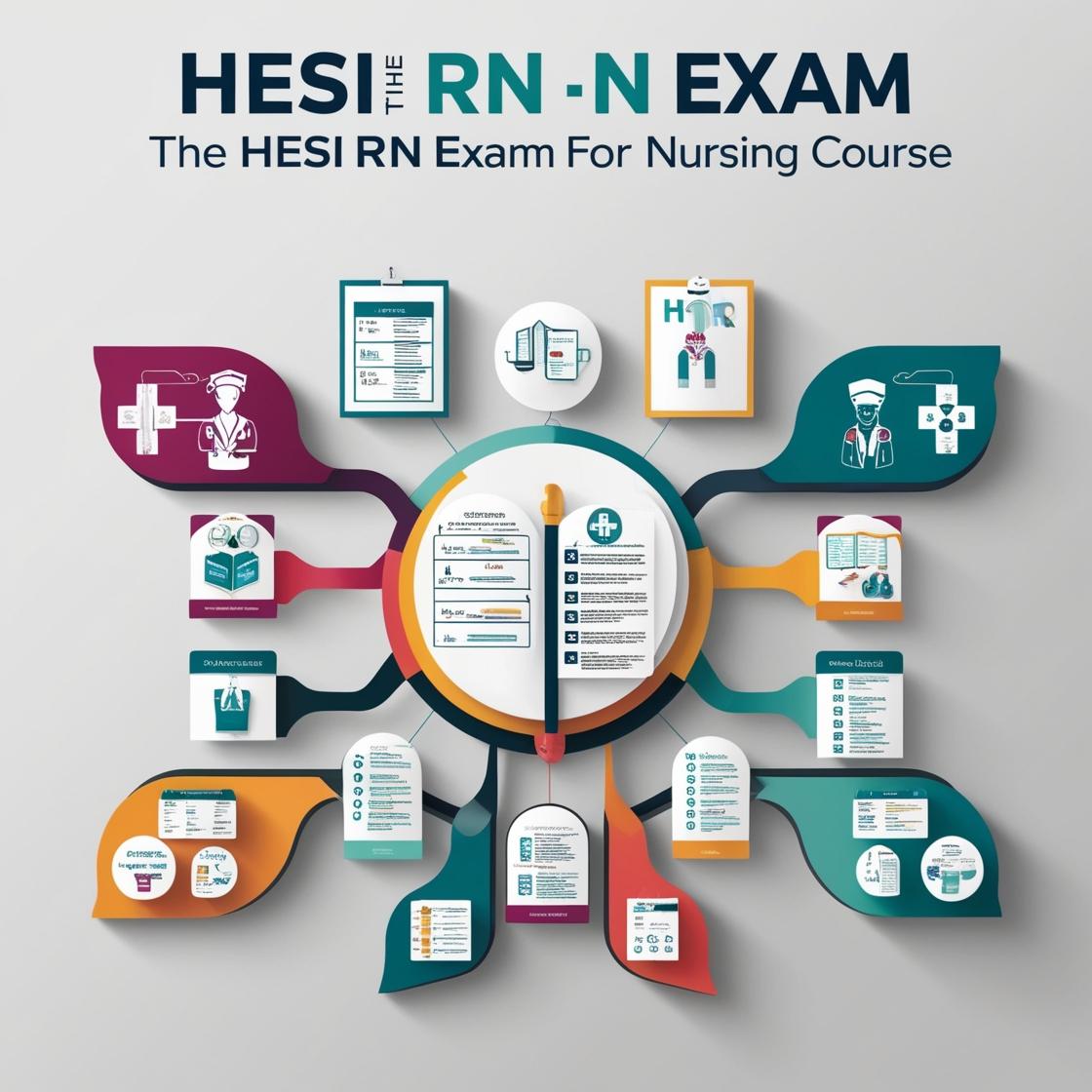HESI RN
Biology Practice Test
1. The Punnett square shows that one parent carries the recessive gene for a cleft chin (c) while the other parent does not. What percentage of the parents' offspring is predicted to have a cleft chin?
- A. 25%
- B. 50%
- C. 0%
- D. 75%
Correct answer: C
Rationale: The correct answer is 0%. If one parent carries the recessive gene for a cleft chin while the other parent does not, none of the offspring will express the recessive phenotype. This is because in order for a child to have a cleft chin, they would need to inherit the recessive gene from both parents. Therefore, although the offspring could be carriers of the gene, none are predicted to have a cleft chin. Choices A, B, and D are incorrect because the presence of the recessive gene in one parent and its absence in the other would not result in any offspring showing the cleft chin trait.
2. In the hierarchy of biology, cells combine to form which of the following?
- A. Macromolecules
- B. Molecules
- C. Tissues
- D. Organelles
Correct answer: C
Rationale: In the hierarchy of biology, cells combine to form tissues. Tissues are groups of cells that work together to perform specific functions. This is a fundamental level of organization above individual cells but below organs and organ systems. Macromolecules and molecules are smaller components that make up cells, not what cells combine to form. Organelles are structures within cells that perform specific functions and do not result from the combination of cells.
3. Asexual reproduction is a type of reproduction by which offspring arise from:
- A. Two identical cells
- B. A single cell
- C. Two cells
- D. Four daughter cells
Correct answer: B
Rationale: Asexual reproduction is a type of reproduction where a single parent cell divides to produce genetically identical offspring. The correct answer is 'B: A single cell' because asexual reproduction does not involve the fusion of two cells. Choice A ('Two identical cells') is incorrect because asexual reproduction does not involve two cells. Choice C ('Two cells') is incorrect because asexual reproduction typically involves only one parent cell. Choice D ('Four daughter cells') is incorrect because asexual reproduction does not necessarily involve the production of four daughter cells.
4. Which of the following terms is used to represent two alleles that are the same type?
- A. Homosynchronous
- B. Hypersynchronous
- C. Heterozygous
- D. Homozygous
Correct answer: D
Rationale: The correct answer is D, 'Homozygous.' Homozygous refers to having two identical alleles for a particular gene. In this context, 'Homosynchronous' (choice A) is not a recognized genetic term. 'Hypersynchronous' (choice B) is not a term used in genetics. 'Heterozygous' (choice C) refers to having two different alleles for a particular gene, which is the opposite of homozygous.
5. Which of the following is a group of three RNA nucleotides?
- A. A stop codon
- B. A codon
- C. An anticodon
- D. tRNA
Correct answer: B
Rationale: The correct answer is B - A codon. A codon is a sequence of three RNA nucleotides that specifies a particular amino acid or a stop signal during protein synthesis. Choice A, a stop codon, is a sequence of three nucleotides that signals the termination of protein synthesis. Choice C, an anticodon, is a group of three nucleotides found in tRNA that pairs with the complementary codon in mRNA. Choice D, tRNA, stands for transfer RNA, which is a type of RNA that carries amino acids to the ribosome during protein synthesis.
Similar Questions

Access More Features
HESI RN Basic
$89/ 30 days
- 50,000 Questions with answers
- All HESI courses Coverage
- 30 days access @ $89
HESI RN Premium
$149.99/ 90 days
- 50,000 Questions with answers
- All HESI courses Coverage
- 30 days access @ $149.99
